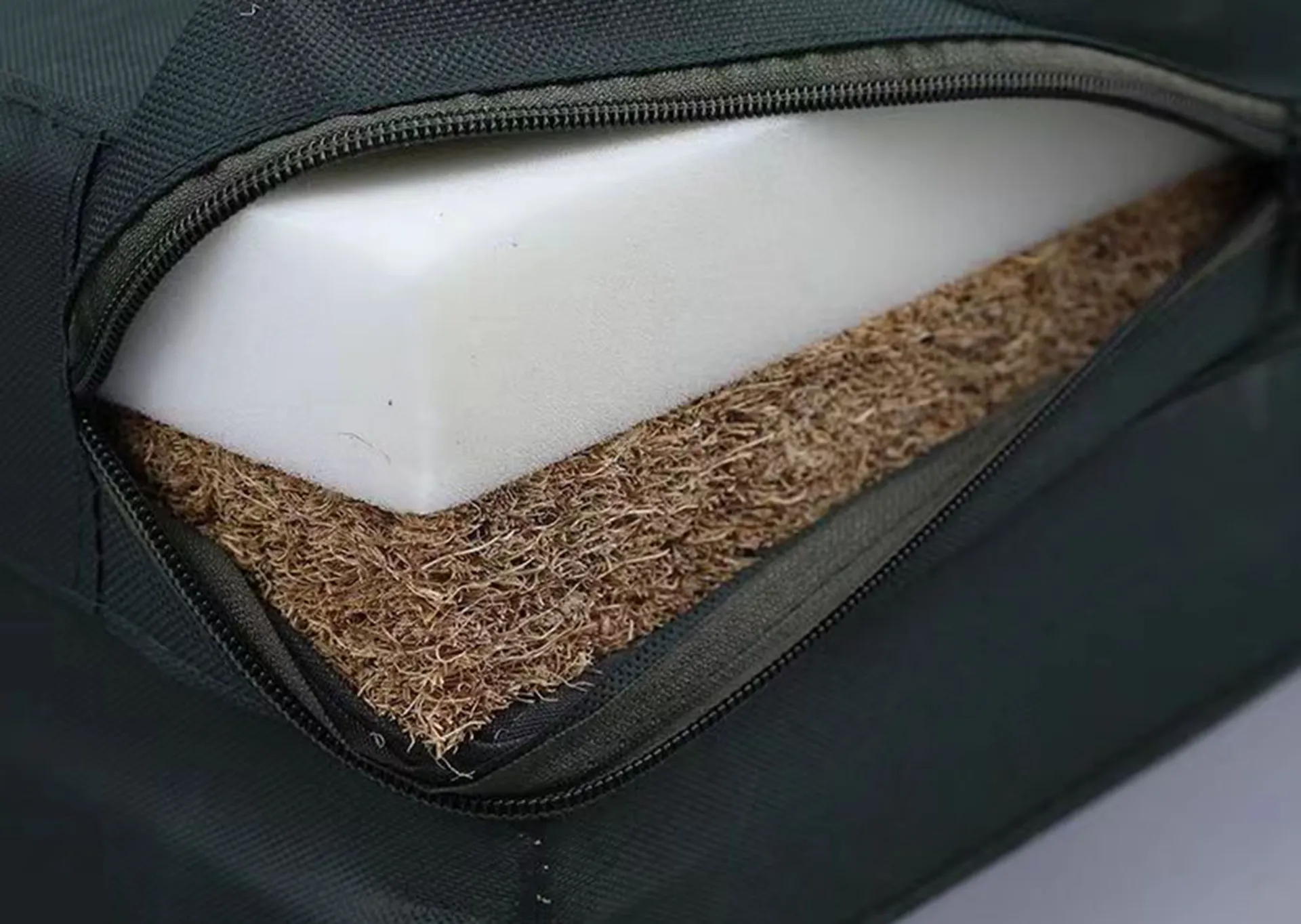Welcome to our websites!
Using Crutches to Aid Recovery from Stress Fractures and Enhance Mobility
Understanding Crutches for Stress Fractures A Guide to Healing
Stress fractures are small cracks in a bone that result from repetitive force or overuse. They are common among athletes and individuals who engage in high-impact activities. When a stress fracture occurs, the body requires time to heal, and one of the most effective means of facilitating recovery is through the use of crutches. In this article, we will explore the role of crutches in the healing process, how to use them effectively, and alternative options for recovery.
What are Crutches?
Crutches are mobility aids designed to provide support and stability to individuals who have difficulty walking due to injury or surgery. They help distribute weight away from the injured area, thereby alleviating pressure and promoting healing. There are several types of crutches available, including axillary (underarm) crutches, forearm crutches, and platform crutches, each serving a specific purpose depending on the user's needs.
Why Use Crutches for Stress Fractures?
When dealing with stress fractures, weight-bearing activities can exacerbate the injury and prolong recovery time. Using crutches allows the injured bone to rest, reducing the risk of further damage. By keeping weight off the affected area, the body can initiate the healing process more effectively. Additionally, crutches can help prevent the development of associated complications, such as muscle atrophy and joint stiffness, which may occur due to inactivity.
Choosing the Right Crutches
Selecting the appropriate type of crutch is essential for comfort and usability. Axillary crutches are ideal for those who need to keep their weight off an injured leg, as they provide full support of the upper body while allowing for balance. Forearm crutches offer more freedom of movement and are often preferred by individuals who can bear some weight on their leg but require assistance. It’s important to ensure that the crutches are properly fitted; when standing, the top of the crutch should be about an inch below the armpits, with the handgrips at wrist level when the arms hang down.
How to Use Crutches Safely
Using crutches correctly is crucial for effective mobility and to prevent further injury. Here are some tips for safe crutch use
crutches for stress fracture

1. Practice Balance Before relying on crutches fully, practice walking in a safe, open space. This will help improve your balance and confidence.
2. Weight Distribution Place the weight on the hands and not on the armpits. Leaning on the armpits can cause discomfort and injuries to the nerves.
3. Walking Technique Move both crutches forward with the injured leg, then shift your weight onto the crutches and bring the uninjured leg forward. This “swing-to” or “swing-through” motion helps maintain balance and safety.
4. Navigate Obstacles When navigating stairs, always go up with the uninjured leg first and down with the crutches first, if possible. If this isn't feasible, seek assistance.
5. Rest Listen to your body. If you experience discomfort or pain while using crutches, take a break and consult with a healthcare professional.
Alternatives to Crutches
While crutches are effective in many cases, other mobility aids may also be suitable depending on individual circumstances. For instance, a knee scooter offers an alternative that allows for some mobility without putting weight on the injured foot. Additionally, medical professionals may recommend a walking boot or brace to stabilize the injury while allowing for some weight-bearing.
Conclusion
Crutches play a vital role in the recovery process for stress fractures by allowing individuals to minimize weight on the injured area and promote healing. Understanding how to use crutches safely and effectively can significantly impact the recovery experience. Nonetheless, it is essential to work closely with healthcare providers to determine the best course of action tailored to individual needs. With proper care, patience, and the appropriate use of mobility aids, healing from a stress fracture can lead to a return to pre-injury activities and overall improved health.
-
Transforming Healthcare with Hospital FurnitureNewsJun.24,2025
-
Rehabilitation EquipmentNewsJun.24,2025
-
Mobility and Independence with WheelchairsNewsJun.24,2025
-
Freedom of Mobility with Our Rollator WalkersNewsJun.24,2025
-
Comfort and Independence with Commode ChairsNewsJun.24,2025
-
Bathing Safety and Independence with Shower ChairsNewsJun.24,2025
-
Navigating the Wholesale Landscape of Electric Mobility Solutions: Key Considerations for Power Wheelchair DealersNewsJun.10,2025











